
Cinema, an art form that transcends time and space, possesses an unparalleled ability to captivate, inspire, and etch itself into the collective consciousness. From grand narratives spanning decades to intimate character studies revealing the human condition, certain films — and indeed, certain television productions of cinematic quality — emerge as true masterpieces, demanding our attention and rewarding repeated viewings. These works not only entertain but also challenge, provoke, and offer a lens through which we can better understand ourselves and the world around us.
For decades, platforms like PBS’s “Masterpiece” (formerly “Masterpiece Theatre”) have curated and presented dramas that, while often for the small screen, possess the narrative depth, production quality, and profound impact typically associated with the greatest theatrical releases. They remind us that excellence isn’t confined to the silver screen alone; it’s about the storytelling, the performances, and the sheer artistic ambition that leaves an indelible mark. This collection of “Ageless Wonders” encompasses both traditional cinematic triumphs and these broadcast gems, each a profound experience worth dissecting time and again.
In this deep dive, we’re not just listing films; we’re exploring monuments of storytelling, performances that became legends, and groundbreaking techniques that forever altered the landscape of visual media. Get ready to revisit some old favorites and perhaps discover new dimensions to stories you thought you knew inside and out, because these aren’t just movies or shows — they are cultural touchstones, each a “supreme intellectual or artistic achievement” in its own right.
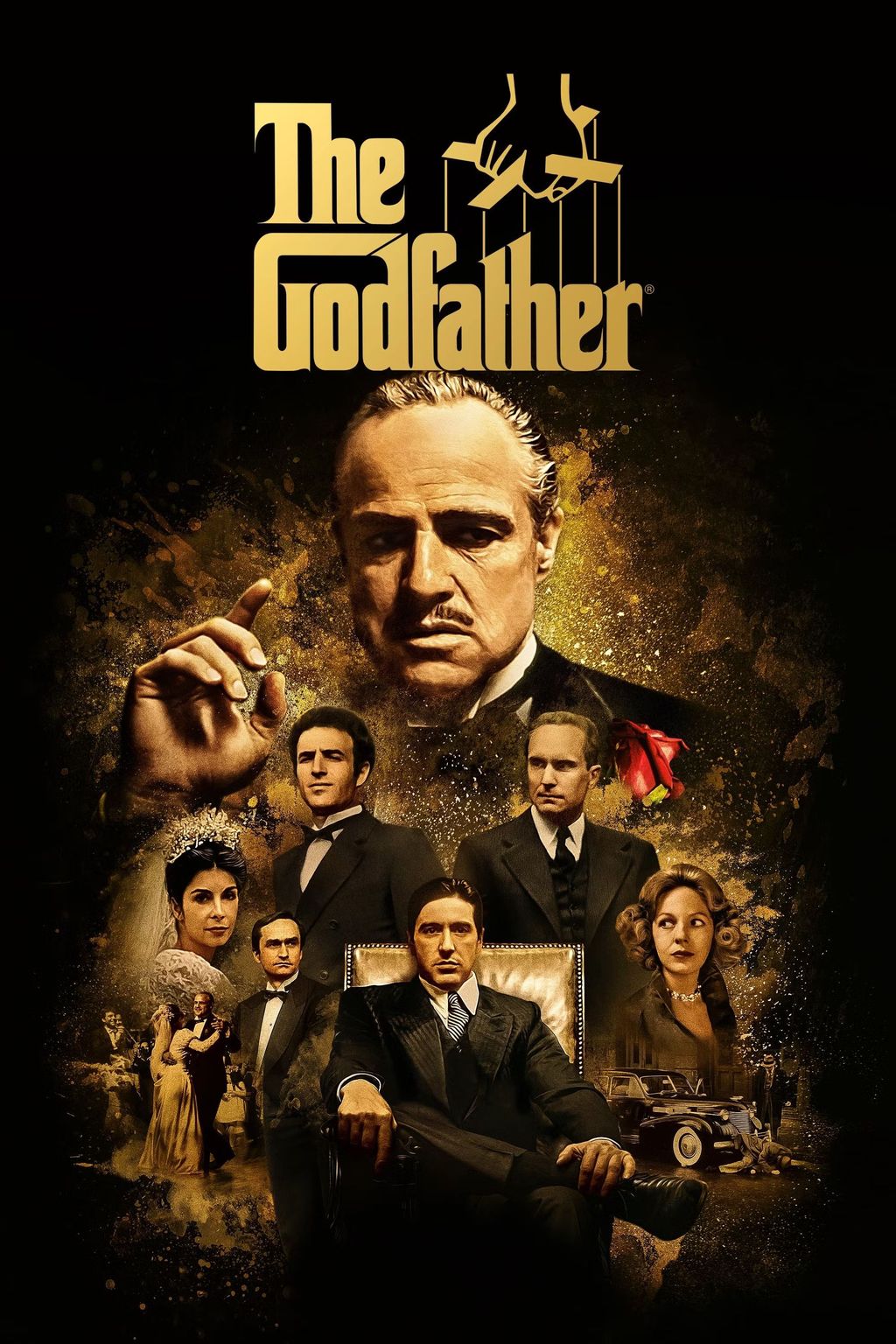
1. **The Godfather (1972)**Francis Ford Coppola’s “The Godfather” isn’t just a film; it’s a foundational text in American cinema, a sprawling crime epic that, over fifty years later, still commands awe and deep analytical dives. Adapted from Mario Puzo’s novel, this cinematic achievement plunges us into the very heart of the Corleone family, meticulously detailing their rise, their brutal ethics, and the inescapable consequences of a life entrenched in power and violence. It’s a masterclass in world-building, where every conversation and act feels integral to understanding its intricate universe.
Marlon Brando’s iconic portrayal of Vito Corleone, the stoic and formidable patriarch, is a performance that truly transcends time, cementing his legacy as one of Hollywood’s greatest actors and earning him an Academy Award. His every gesture and whispered delivery create a character so utterly convincing. The film’s brilliance extends beyond Brando, showcasing an ensemble that brings to life some of cinema’s most complex and memorable characters, each grappling with loyalty, ambition, and the corrupting nature of absolute power.
“The Godfather” is renowned for its complex characters and intricate plot twists, but it’s the profound exploration of themes that truly elevates it. It delves into the American dream, albeit a dark, distorted version, and the powerful, often suffocating, bonds of family. Coppola’s stunning cinematography lends a mythic quality to the grim realities portrayed, turning gangster exploits into a Shakespearean tragedy. Its memorable quotes and narrative structure have left an indelible mark on the landscape of cinema.
Read more about: 13 Moments of Pure Vision: Unpacking the Raw Drive of Cinema’s Most Influential Directors
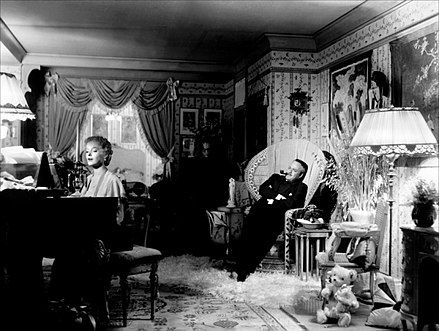
2. **Citizen Kane (1941)**To discuss cinematic masterpieces without immediately invoking Orson Welles’ “Citizen Kane” would be a glaring oversight; it is, quite simply, a film that changed everything. Often hailed as *the* greatest film ever made, its legacy isn’t built on box office numbers but on its revolutionary impact on the art form itself. This isn’t just a story; it’s a blueprint for modern filmmaking, a visual and narrative encyclopedia of innovation that still feels cutting-edge nearly a century later.
Welles, at just 25, crafted a groundbreaking work that redefined storytelling in cinema, pushing the boundaries of what a movie could achieve. Its narrative structure, famously non-linear and told through multiple perspectives, was unheard of at the time, shattering conventional linear progression. This fractured approach forces the audience to actively piece together the puzzle of Charles Foster Kane’s life, mirroring the elusive nature of memory and truth. Beyond its narrative ambition, “Citizen Kane” is a cinematographer’s dream. Gregg Toland’s deep-focus photography expanded the visual language of film, offering a richness of detail previously unimaginable.
Welles’ own portrayal of Charles Foster Kane, the enigmatic newspaper magnate whose dying word “Rosebud” launches the entire investigation, is a complex character study in the perils of unchecked ambition, wealth, and power. Kane is a fascinating, tragic figure, a man who amassed an empire but lost his soul, a commentary that resonates with timeless relevance. “Citizen Kane” remains a cinematic marvel, a testament to bold experimentation that dared to challenge every existing convention, shaping generations of filmmakers and critics alike.
Read more about: 13 Moments of Pure Vision: Unpacking the Raw Drive of Cinema’s Most Influential Directors
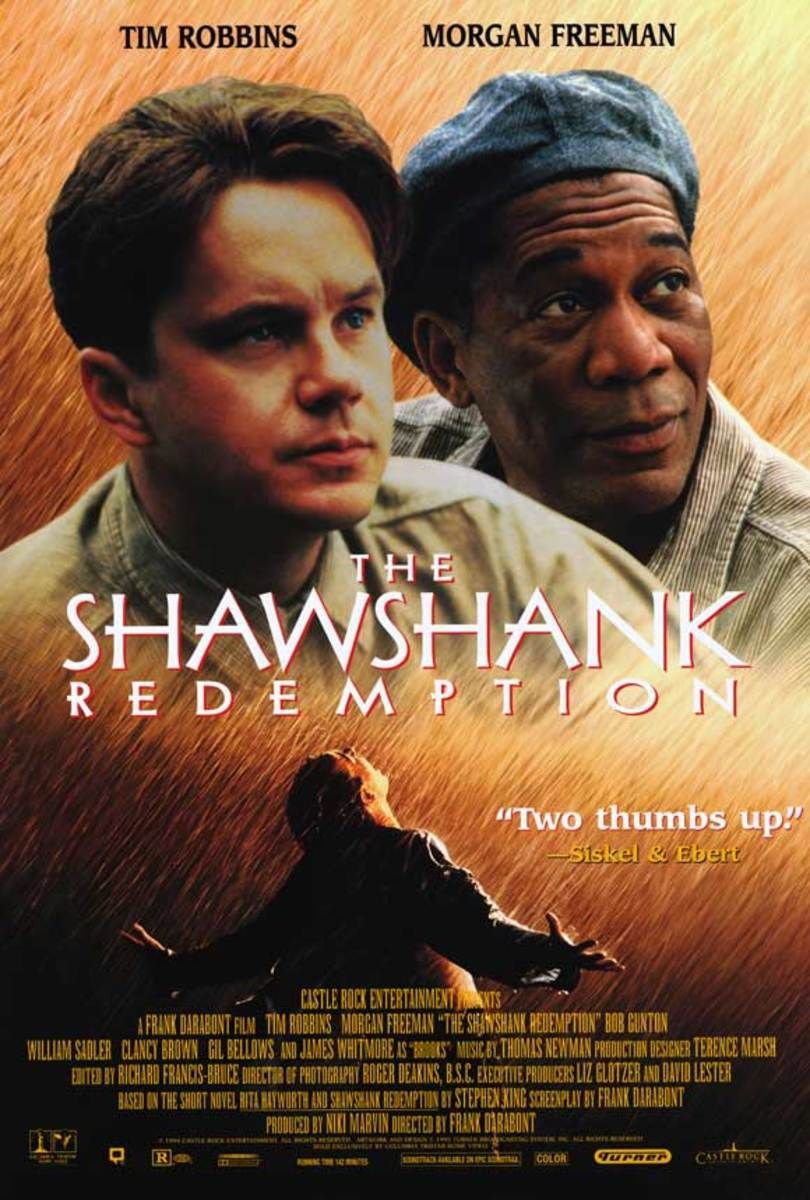
3. **Shawshank Redemption (1994)**There are films that capture the zeitgeist, and then there are films like “The Shawshank Redemption” – a slow-burn masterpiece that found its audience through sheer word-of-mouth and the enduring power of its story. Directed by Frank Darabont and based on Stephen King’s novella, it’s more than just a prison drama; it’s a profound exploration of the human spirit’s capacity for hope and resilience, even in the most desolate circumstances. It’s a narrative that reminds us that even when all seems lost, freedom can be found within.
The film follows Andy Dufresne, portrayed with quiet intensity by Tim Robbins, a man wrongly convicted of murder and sentenced to life in the brutal Shawshank State Penitentiary. Robbins delivers a nuanced performance that perfectly embodies Andy’s inner strength and unwavering spirit amidst a system designed to break him. Alongside Robbins, Morgan Freeman delivers a powerful and unforgettable performance as Red, a fellow inmate and the film’s soulful narrator. Their dynamic forms the emotional core of the film, a testament to enduring friendship that blossoms against a backdrop of institutional corruption and injustice.
“The Shawshank Redemption” masterfully navigates themes of freedom, justice, and the transformative power of endurance. It’s a film that argues for the necessity of hope, not as a naive optimism, but as a potent weapon against despair. The narrative storytelling provides an authoritative voice on the experience of incarceration while maintaining a conversational and relatable tone. This film’s status as a “perennial favorite” is well-earned, consistently ranking high on “greatest films” lists for its universally resonant message.
Read more about: Hold Up! 12 Mind-Blowing Movie Mistakes from Your Favorite 90s Films That Still Spark Debate

4. **The Dark Knight (2008)**Christopher Nolan’s “The Dark Knight” isn’t merely a superhero movie; it’s a cinematic event that fundamentally redefined what the genre could achieve, shattering expectations and elevating comic book adaptations into the realm of serious, thought-provoking drama. This film didn’t just tell a story about Batman; it interrogated the very nature of heroism and villainy, morality and chaos, resonating far beyond its origins. It proved that pop culture could be profoundly philosophical without sacrificing spectacle.
At the heart of its enduring power is Heath Ledger’s absolutely legendary portrayal of the Joker. This wasn’t just a performance; it was a phenomenon, a chilling embodiment of anarchy that earned Ledger a posthumous Academy Award. His Joker is a force of nature, a terrorist philosopher whose nihilism and gleeful destruction expose the fragility of society and the moral tightropes heroes must walk. Ledger’s commitment to the role created a villain so captivating that he often overshadowed the hero.
Christian Bale reprising his role as Batman provides the perfect foil, a hero pushed to his absolute limits. Nolan’s genius lies in crafting a narrative that is both thrillingly epic and deeply psychological, presenting a dark and gritty vision steeped in realism. The compelling narrative ensures that “The Dark Knight” remains endlessly rewatchable and analyzable, a masterclass in blockbuster filmmaking that doesn’t shy away from intellectual rigor. It achieved widespread cultural significance, influencing countless subsequent films with its blend of grounded realism, complex characters, and philosophical undertones.
Read more about: The ’00s Sci-Fi Revolution: 14 Worlds That Forged the Absolute Frontiers of Vision and Special Effects
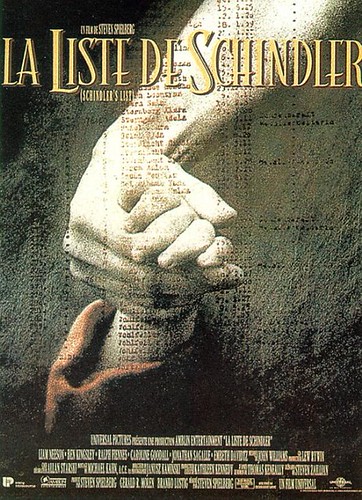
5. **Schindler’s List (1993)**Steven Spielberg’s “Schindler’s List” is not merely a film; it is a monumental act of historical remembrance, a searing and profoundly necessary artistic achievement that forces viewers to confront one of humanity’s darkest chapters. This harrowing portrayal of the Holocaust, based on the true story of Oskar Schindler, is an emotional gauntlet, but one that ultimately delivers a poignant message of hope and the extraordinary resilience of the human spirit in the face of unimaginable horrors. It’s a film that demands to be seen, studied, and never forgotten.
Liam Neeson delivers a powerful, career-defining performance as Oskar Schindler, the enigmatic German businessman whose initial motivations were purely opportunistic, yet who ultimately saved the lives of over a thousand Polish Jews during World War II. Neeson masterfully portrays Schindler’s complex evolution from a cynical profiteer to a man driven by moral imperative, a transformation that is both believable and deeply moving. His nuanced acting anchors the film’s weighty narrative, making Schindler’s journey utterly compelling.
The film’s stark black-and-white cinematography, brilliantly executed by Janusz Kamiński, is an essential element contributing to its raw, documentary-like emotional impact. It strips away the glamor of color, presenting the brutal realities of the Holocaust with an unflinching honesty that makes the few bursts of color, like the girl in the red coat, even more devastatingly profound. This visual language, combined with John Williams’ haunting score, creates an atmosphere of profound solemnity and sorrow. “Schindler’s List” serves as an indispensable historical document, meticulously recreating the horrors of the period while always emphasizing the individual stories within the larger tragedy.
Read more about: 13 Moments of Pure Vision: Unpacking the Raw Drive of Cinema’s Most Influential Directors
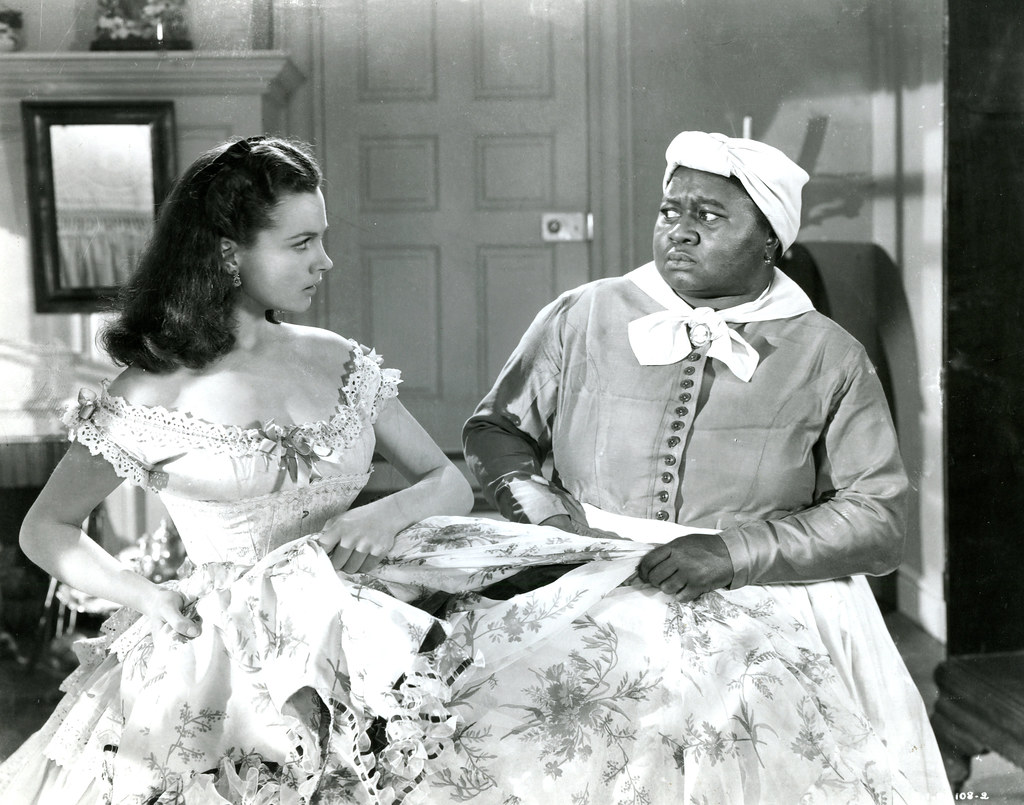
6. **Gone with the Wind (1939)**Victor Fleming’s “Gone with the Wind” is not just an epic romance; it’s a cinematic phenomenon, a sprawling historical saga that, despite its controversies and the passage of time, remains a triumph of classic Hollywood filmmaking. Adapted from Margaret Mitchell’s colossal novel, this film captures a bygone era with a grandeur and sweep that few pictures have matched since. It’s a testament to the power of big-screen spectacle and character-driven drama, set against one of the most tumultuous periods in American history.
At its core is the tumultuous, fiery relationship between Scarlett O’Hara, brought to life with unforgettable vivacity by Vivien Leigh, and the roguish Rhett Butler, played with characteristic charisma by Clark Gable. Leigh’s Scarlett is an iconic figure of stubborn resilience and deeply flawed ambition, a protagonist who both repels and fascinates. Gable’s Rhett, equally complex, provides the perfect foil, their verbal sparring and undeniable chemistry forming the emotional backbone of the narrative. The film meticulously recreates the American Civil War and Reconstruction era, using breathtaking cinematography and elaborate set pieces.
“Gone with the Wind” is replete with memorable characters and iconic scenes that have firmly secured its place in the cinematic pantheon. From Scarlett’s vow never to go hungry again to Rhett’s legendary parting words, the film is a treasure trove of moments that have become embedded in popular culture. Its ability to create such lasting imagery and dialogue speaks volumes about its narrative power and the exceptional performances that brought these characters to life. Beyond its technical achievements, the film offers a rich tapestry for analysis, particularly concerning its historical context and cultural impact.
Read more about: The Unseen Architects: 12 Pivotal Innovations That Forever Changed the Landscape of Film Production
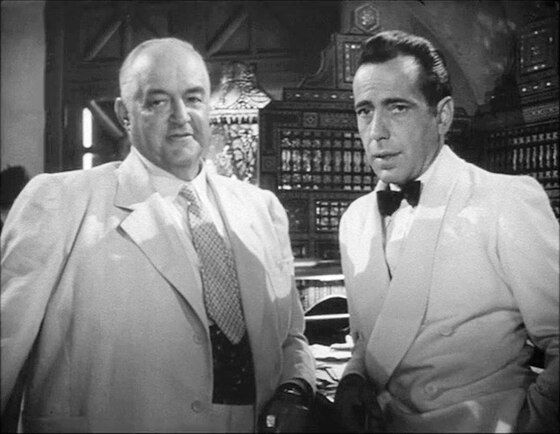
7. **Casablanca (1942)**In the annals of Hollywood’s golden age, few films shine as brightly or resonate as enduringly as Michael Curtiz’s “Casablanca.” It’s not just a movie; it’s a cultural touchstone, a perfect storm of romance, intrigue, and wartime drama that has captivated audiences for generations. Set against the fraught backdrop of World War II, this timeless tale of love, sacrifice, and political maneuvering manages to be both profoundly personal and sweepingly epic.
At its heart are Humphrey Bogart as the cynical, world-weary Rick Blaine, owner of “Rick’s Café Americain,” and Ingrid Bergman as the luminous Ilsa Lund, the woman who walks back into his life and reignites old flames. Their performances are nothing short of unforgettable, imbued with a palpable longing and tragic restraint. Bogart’s ability to convey a man broken by love yet driven by a deeply buried idealism is matched by Bergman’s portrayal of a woman torn between duty and desire, creating one of cinema’s most iconic romantic pairings.
Read more about: Seriously, Hollywood: These 9 Legendary Movies Are Absolutely Untouchable and Should NEVER Be Rebooted
“Casablanca” is a masterclass in screenwriting, boasting iconic dialogue that has seeped into the very fabric of everyday language, from “Here’s looking at you, kid” to “Of all the gin joints in all the towns in all the world, she walks into mine.” This brilliant script, combined with Max Steiner’s memorable score, elevates every scene, adding layers of emotional depth and dramatic tension. Beyond the romance, the film brilliantly weaves in themes of moral ambiguity, self-sacrifice, and the struggle against fascism, making it deeply relevant to its original wartime audience and equally compelling today. “Casablanca” remains a symbol of Hollywood’s golden age, a testament to its ability to craft stories that endure through generations.



